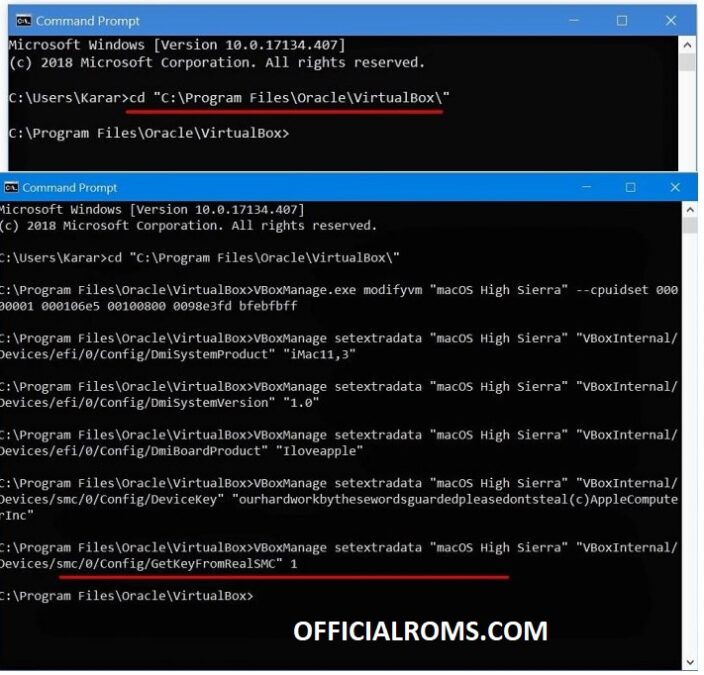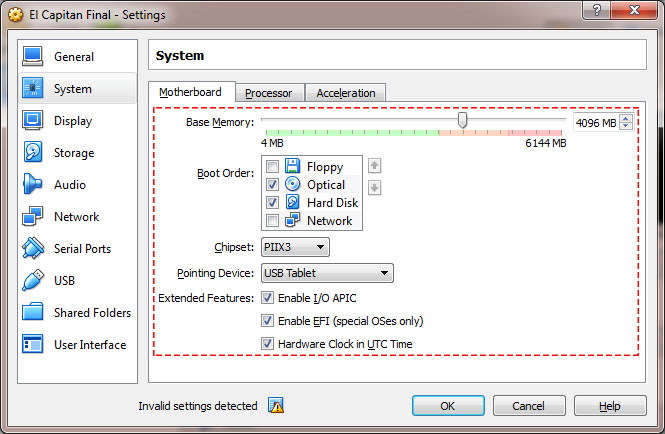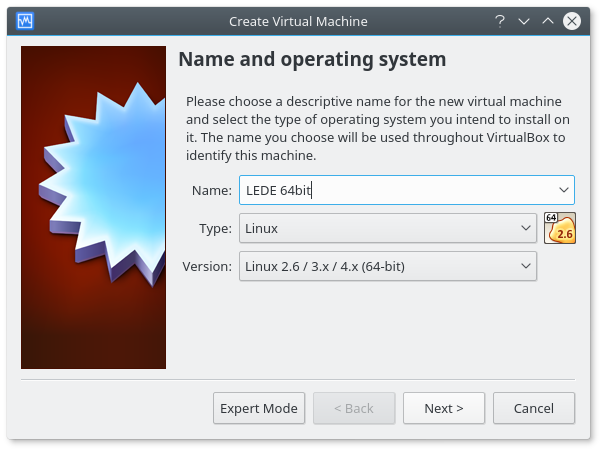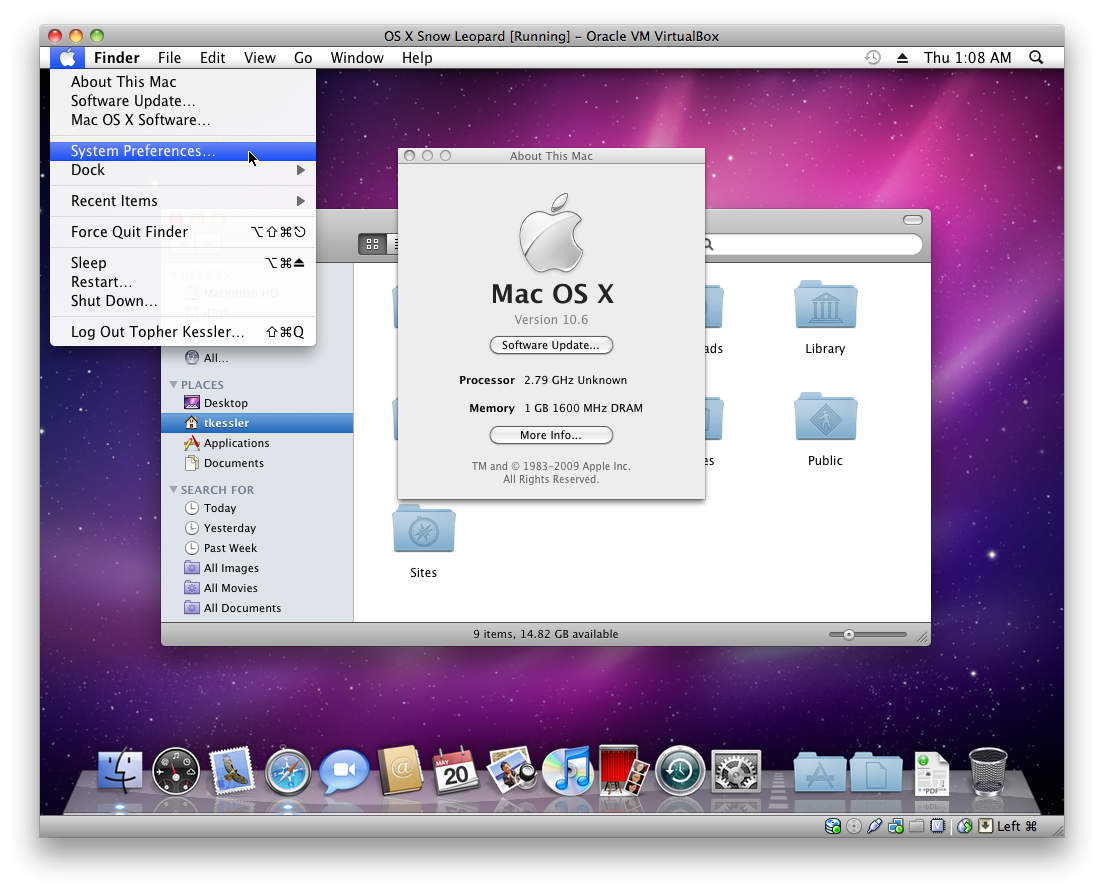

We will be using the virtual machine method in this tutorial. We can either setup a dual boot or we can run Ubuntu as a virtual machine. There are two ways that we can run Ubuntu on the Mac. Conclusion Virtual machine vs dual boot.Virtualbox is a powerful tool that allows many different operating systems to be run from other operating systems within a window, and best of all it is totally free! We are not limited to just Ubuntu, we could run all different flavours of Linux and even Windows (yes, Windows is a nightmare but sometimes it is the only option). We will also install Guest Additions, allowing easy drag and drop between your dual operating systems. Then you are told to insert the Windows 10 installation media, select an ISO file or insert the Windows 10 installation DVD.This simple illustrated guide will get you up and running with Ubuntu Desktop on your Mac.

When finished, a virtual computer will appear that you just created, click on the computer > click Start.Click Create and wait until the process is complete, the time needed is about 10 minutes, then when it’s finished click Create again.After that, here you are told to choose the format of the virtual disk you want, generally people use VDI or VHD.But if you don’t have it, choose create new hard disk. The next step you are told to create a virtual hard disk, if you already have it then you just choose the use existing hard disk menu.Set the RAM you want to use on the Windows 10 virtual computer that you just created.

Then name the virtual computer you made, select the operating system and version you are using and click Next.Mac Os X Iso Download For Virtualbox How to Install Windows 10 on a VirtualBox Virtual Machine Virtual machine definitions can therefore easily be ported to other computers. The configuration settings of virtual machines are stored entirely in XML and are independent of the local machines.

VirtualBox also comes with a full Software Development Kit: even though it is Open Source Software, you don’t have to hack the source to write a new interface for VirtualBox. This makes it easy to control it from several interfaces at once: for example, you can start a virtual machine in a typical virtual machine GUI and then control that machine from the command line, or possibly remotely. VirtualBox has an extremely modular design with well-defined internal programming interfaces and a client/server design. Then after you have one of the virtual machine software, you can make the specifications of the virtual computer that you want (including, RAM, Processor, CD / DVD, Floppy, Network Adapter, USB Controller, Sound Card, Printer, Display, etc.) but is limited to computer specifications the real one you have.


 0 kommentar(er)
0 kommentar(er)
